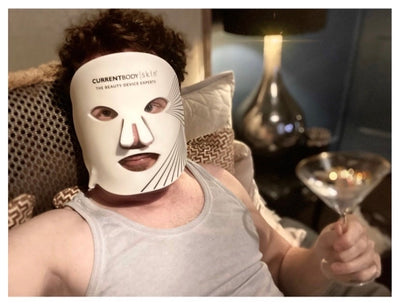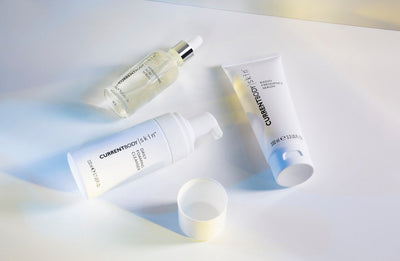Skincare
Although it can be tempting to try and save some money when you’re buying a Clarisonic, we’d very much advise against purchasing a fake. Many people that have tried fake Clarisonics have reported irregular brush head spinning and the device failing to turn on at all after a couple of uses, and that’s not to mention the damage it could do to your skin. So, if you’re wondering if the model you have is actually a fake, we’ve come up with five ways to tell.  Which one's real and which are the fakes?
Which one's real and which are the fakes?
1. Did you purchase from a genuine authorised retailer? If you purchased here at CURRENTBODY, or another Clarisonic authorised retailer, then the model you have will definitely be real, so you don’t need to worry about that.
2. Take a look at the packaging Real Clarisonic packaging features a flap on the front which opens from the side, then a further opening on the inside to reveal the device. Fake Clarisonics often have the initial outer flap, but then the actual box opens from the top.  3. The logo If you have a Mia 2, the logo on the back should feature an aligned A and 2. If the lettering alignment is off, your Clarisonic is likely to be fake.
3. The logo If you have a Mia 2, the logo on the back should feature an aligned A and 2. If the lettering alignment is off, your Clarisonic is likely to be fake.  4. Buttons Your Clarisonic's buttons should be smooth, neat and easily pressed. If they're not then you could be dealing with a fake.
4. Buttons Your Clarisonic's buttons should be smooth, neat and easily pressed. If they're not then you could be dealing with a fake.  5. Brush heads Real brush heads have ‘Clarisonic’ imprinted on the plastic casing they come with, whereas fake models don’t. Genuine devices also have a clock device on the inside of the brush, which will be missing on a replica.
5. Brush heads Real brush heads have ‘Clarisonic’ imprinted on the plastic casing they come with, whereas fake models don’t. Genuine devices also have a clock device on the inside of the brush, which will be missing on a replica. 






